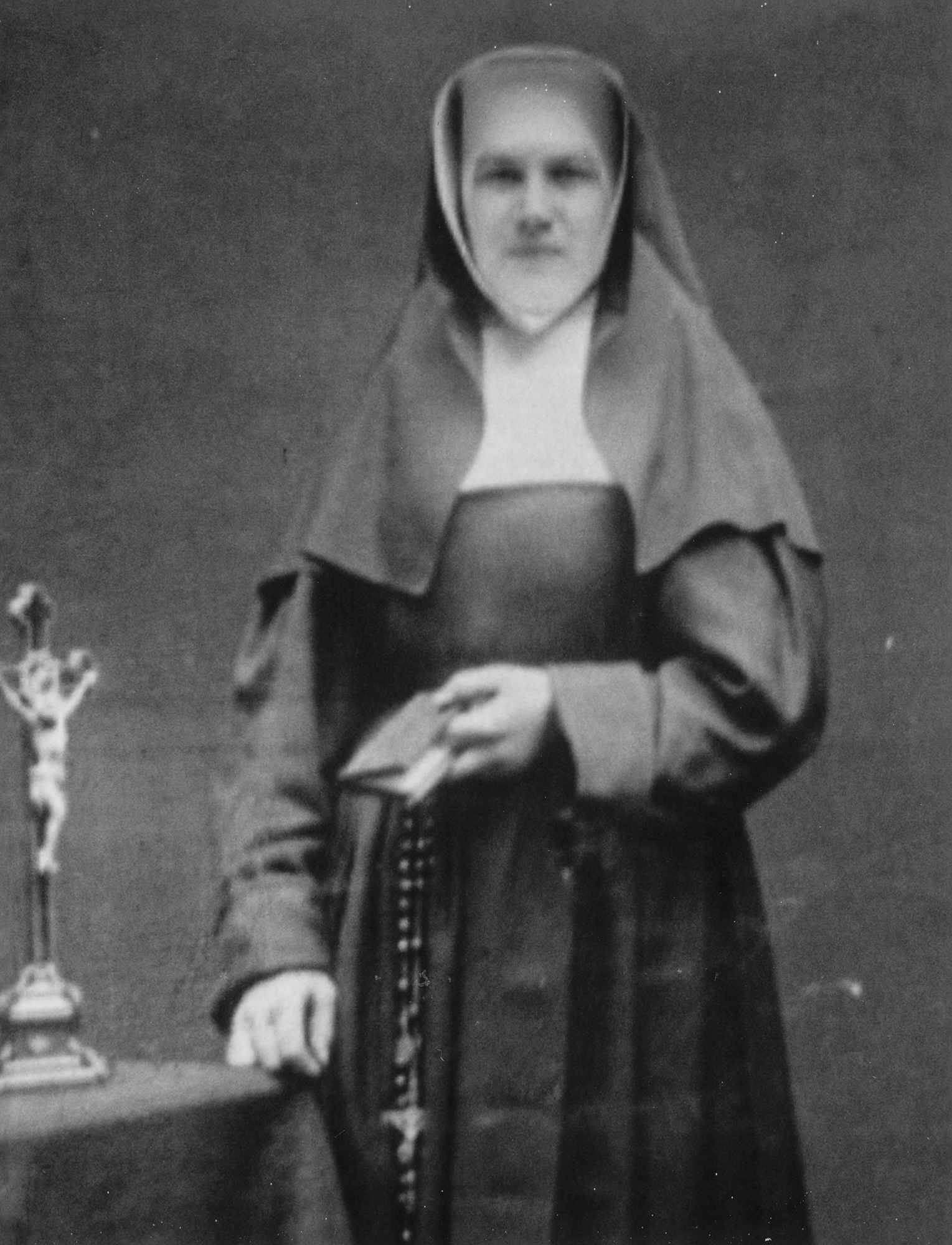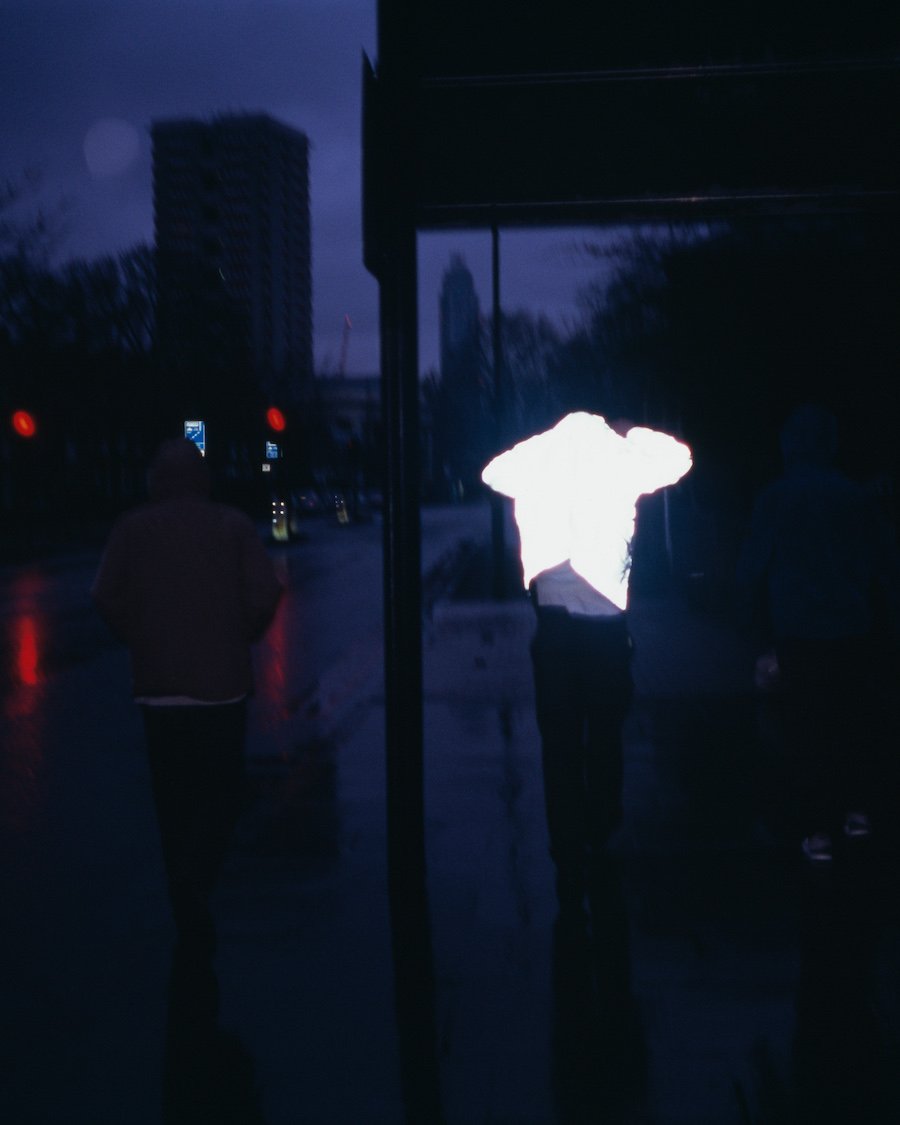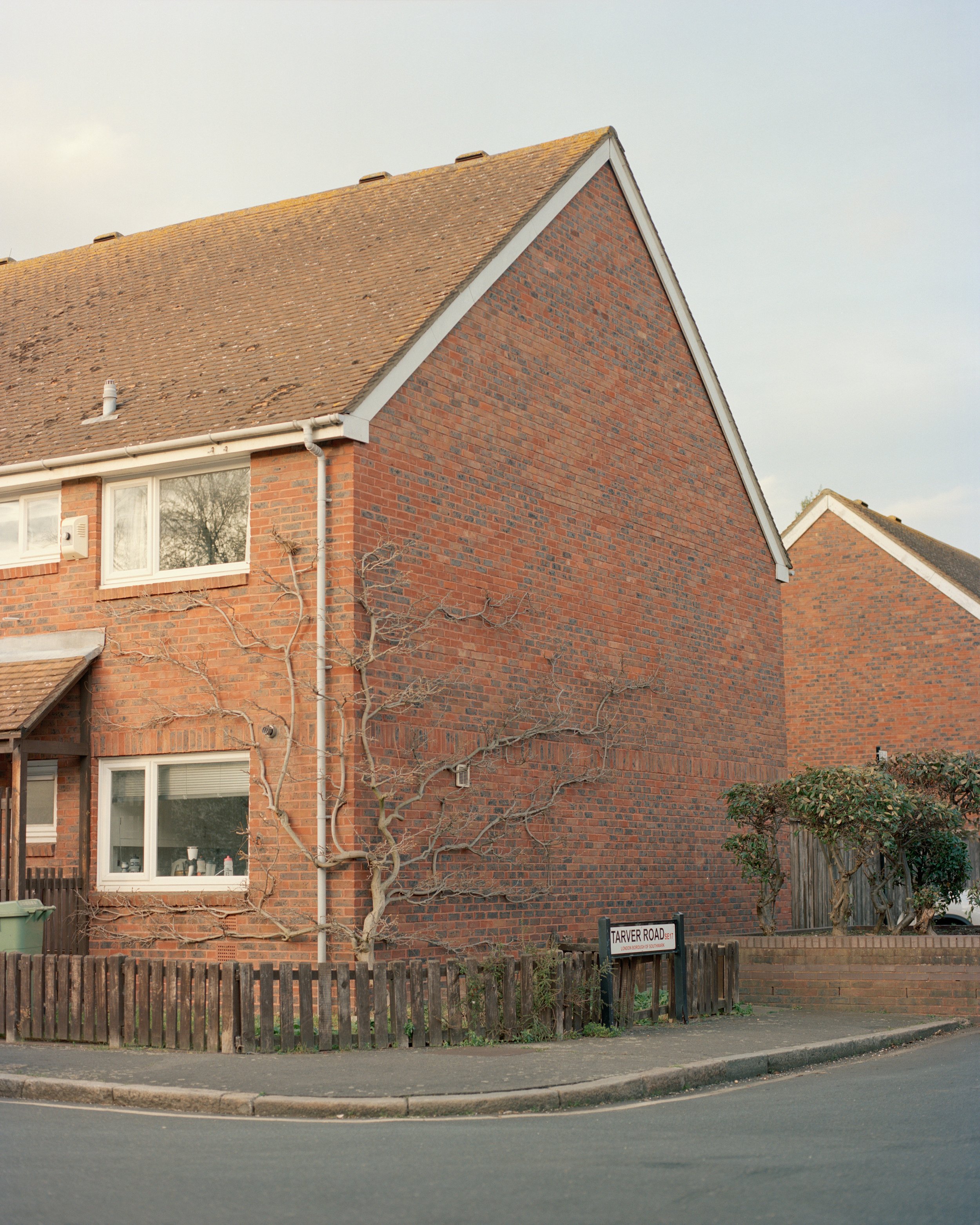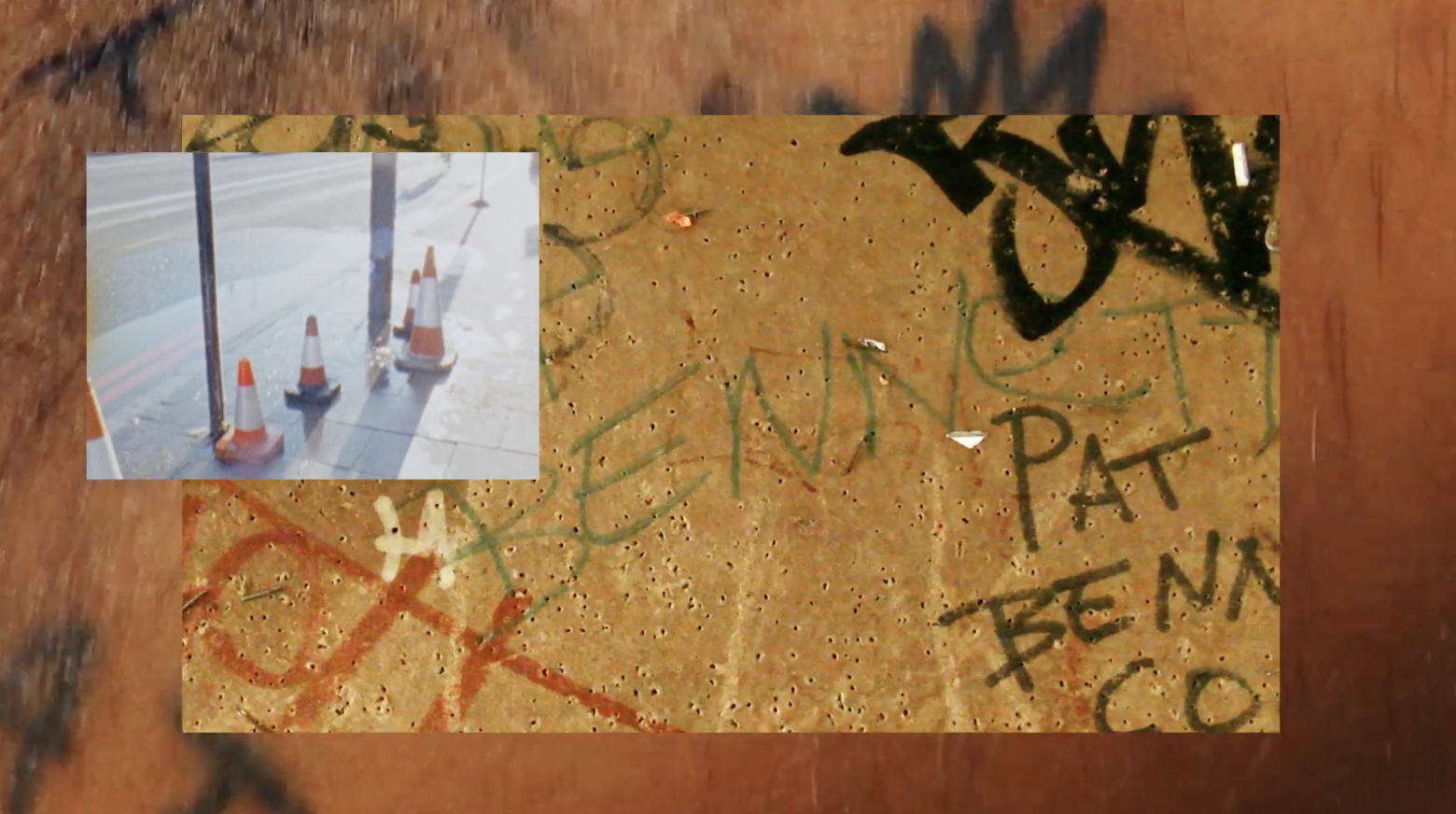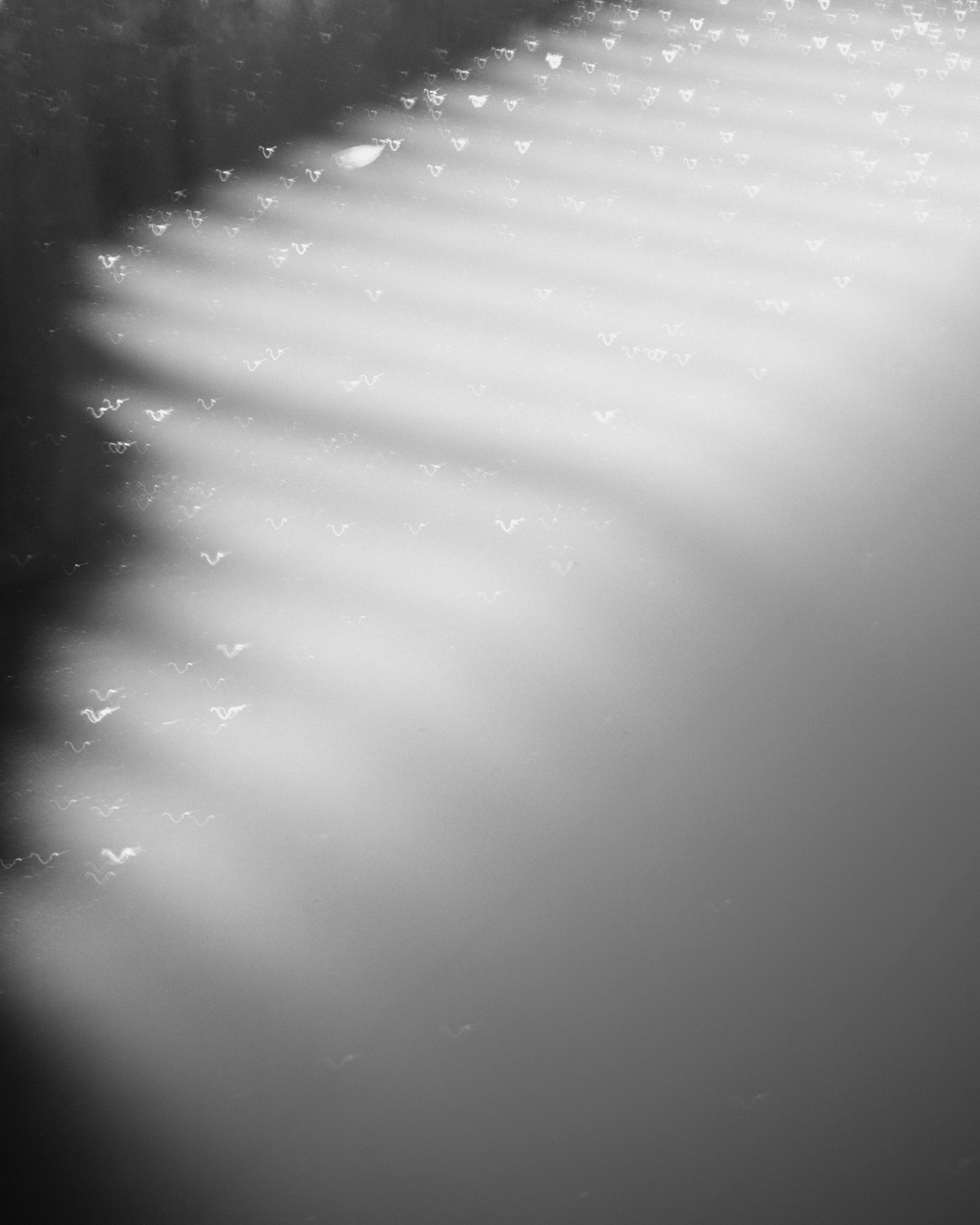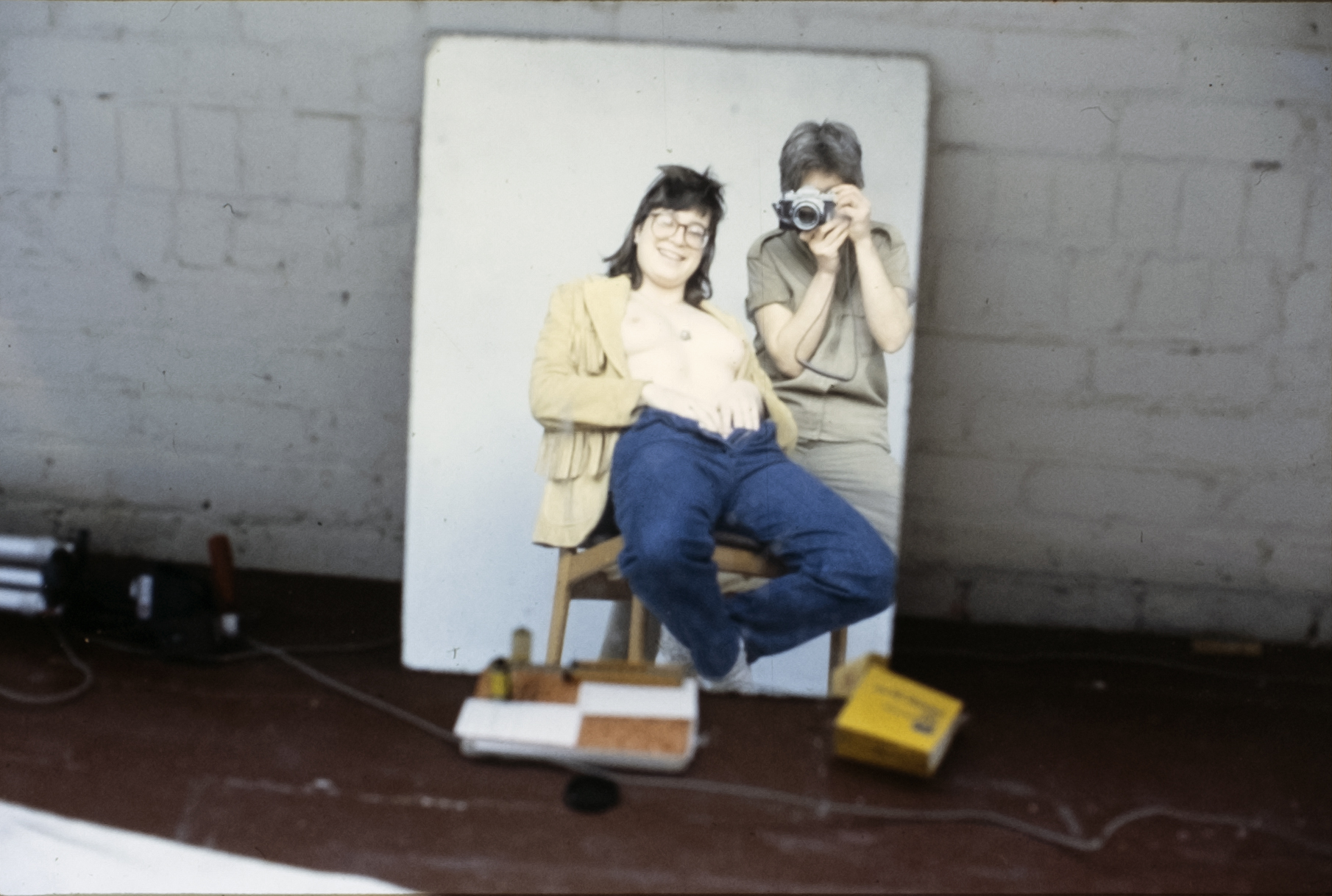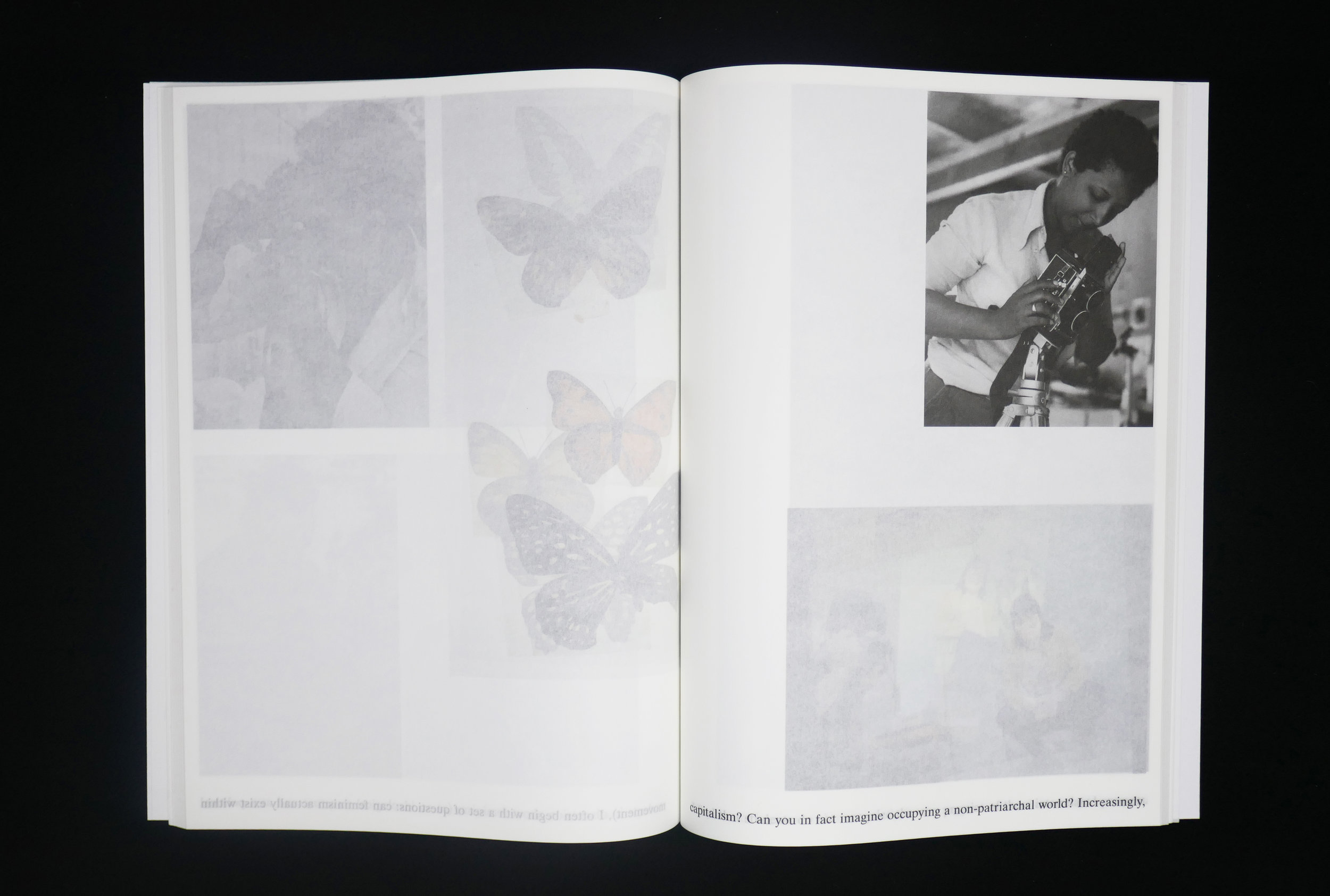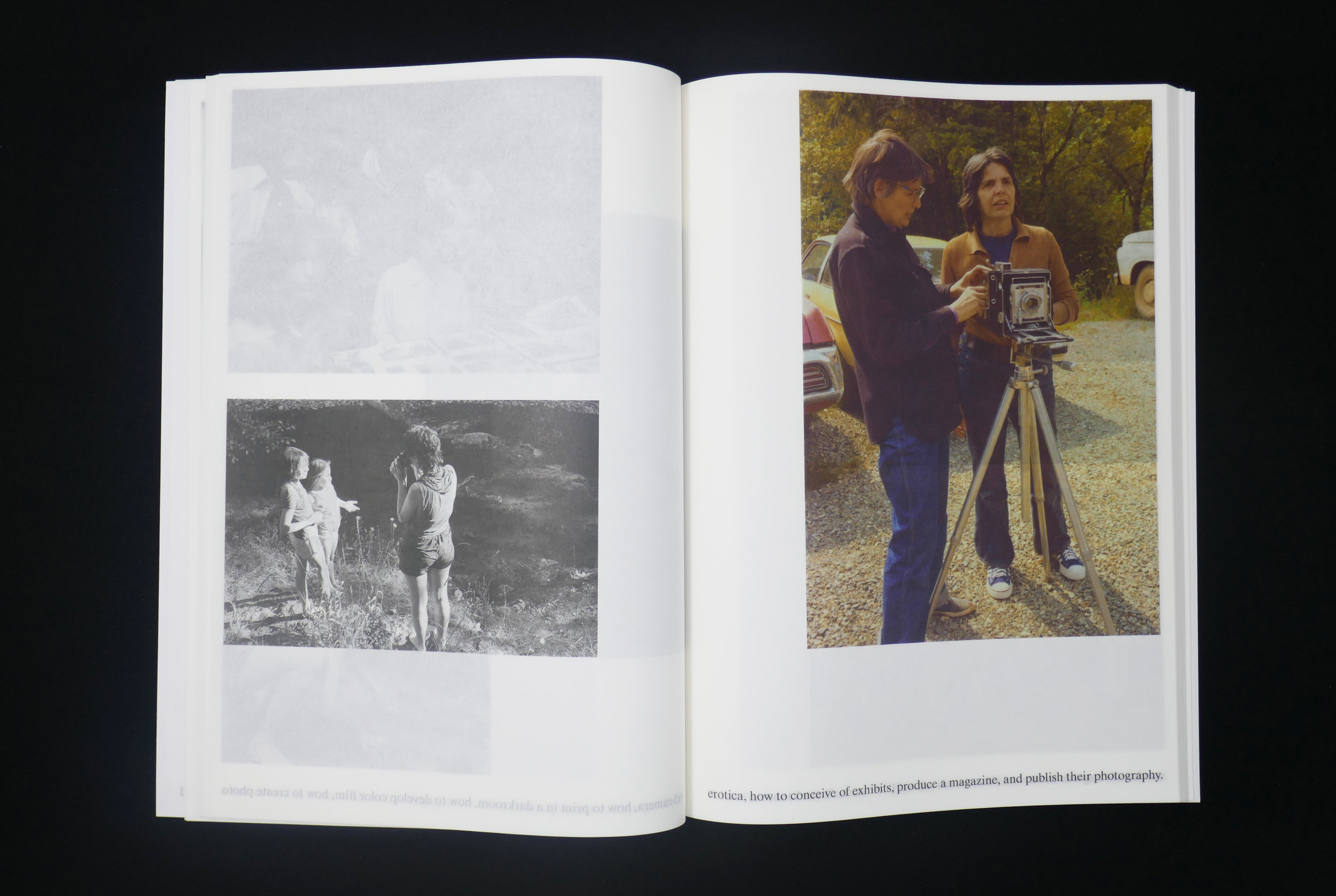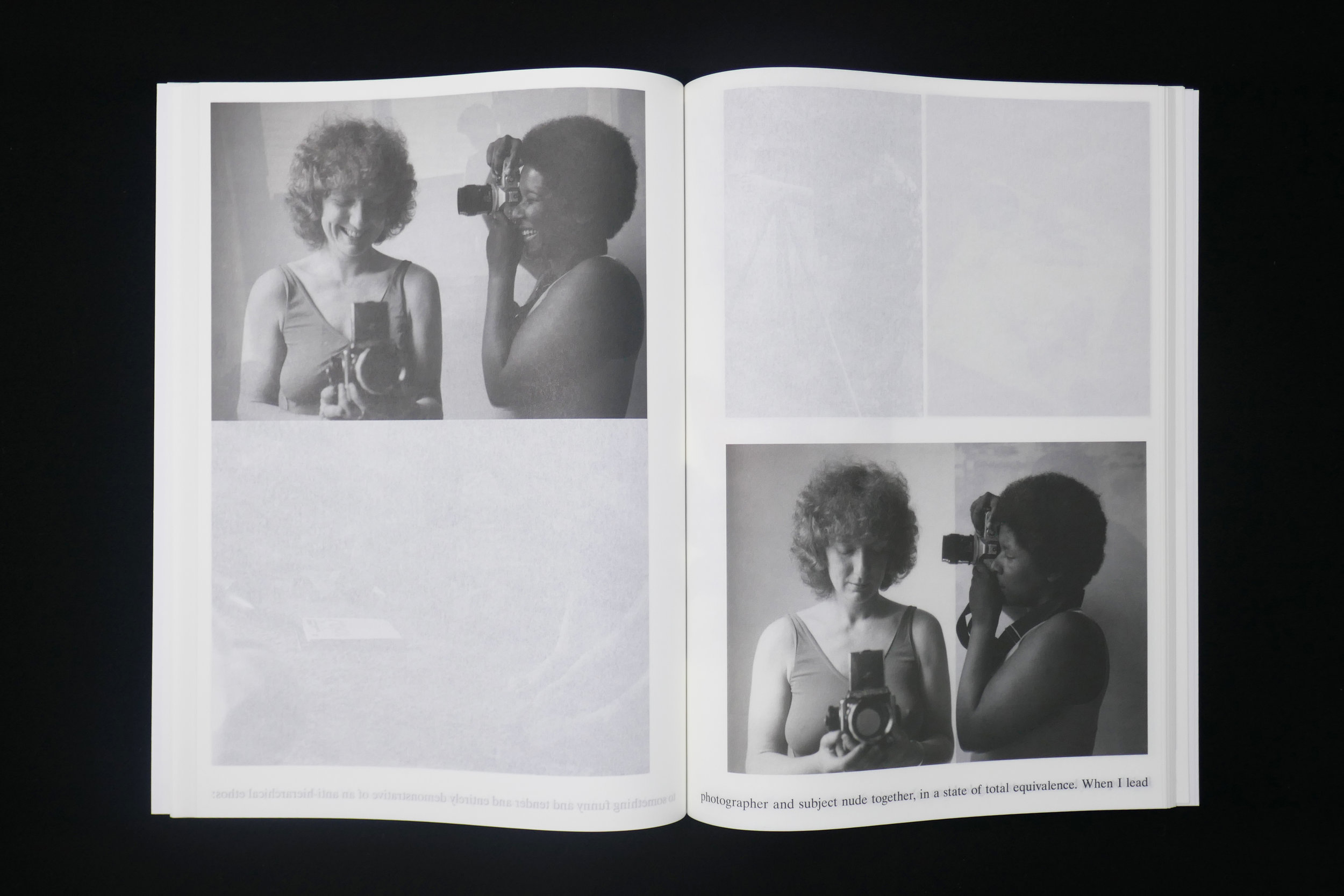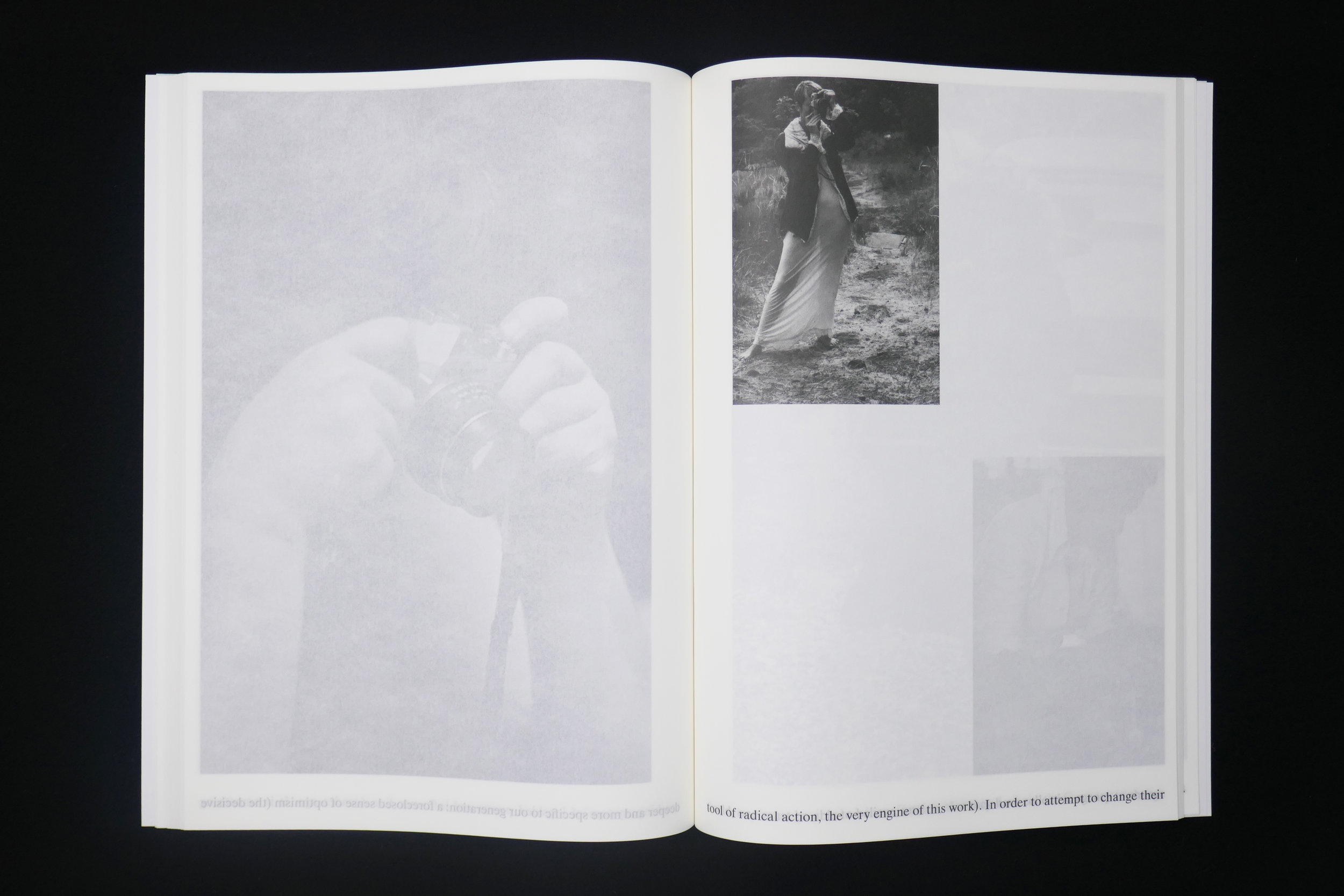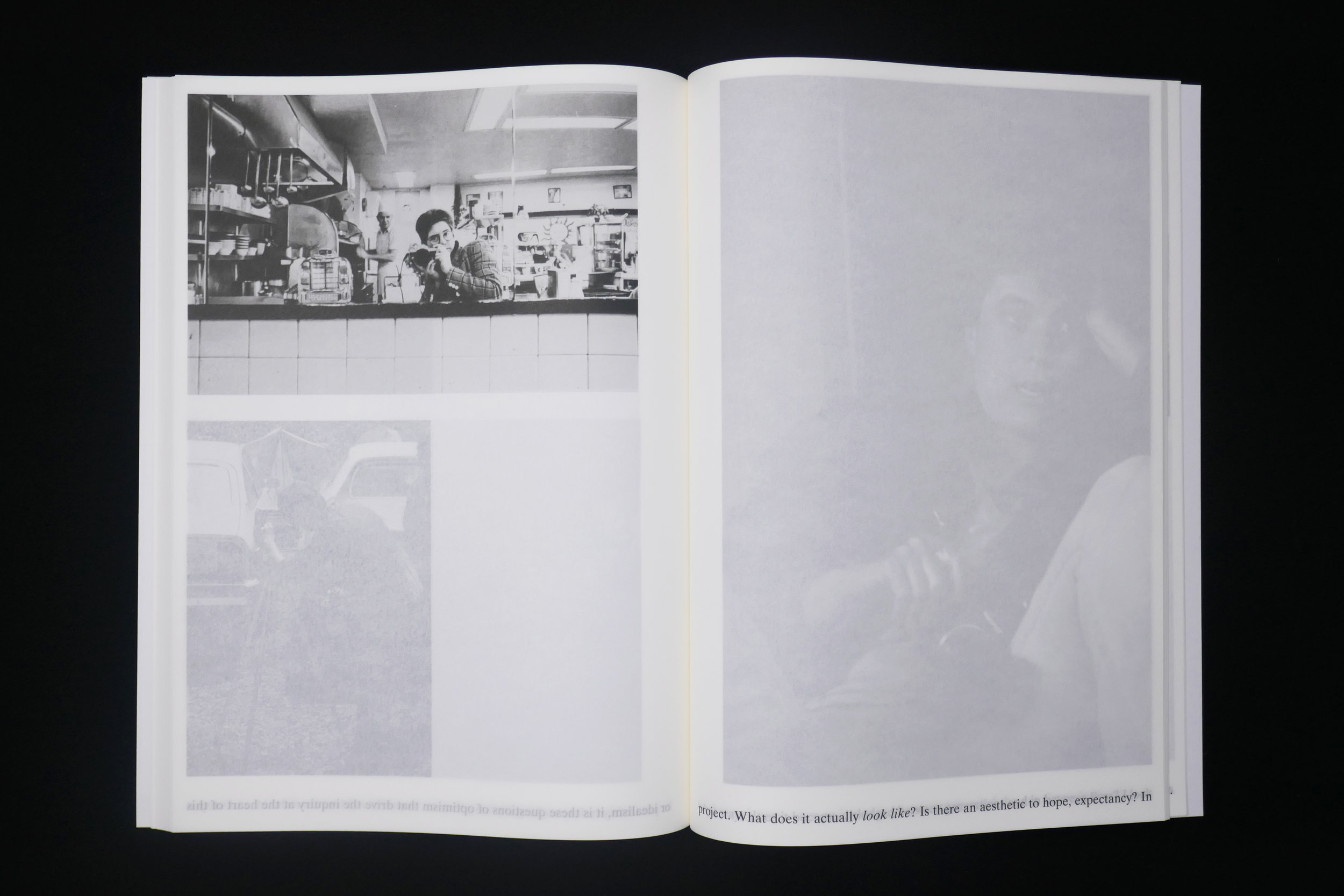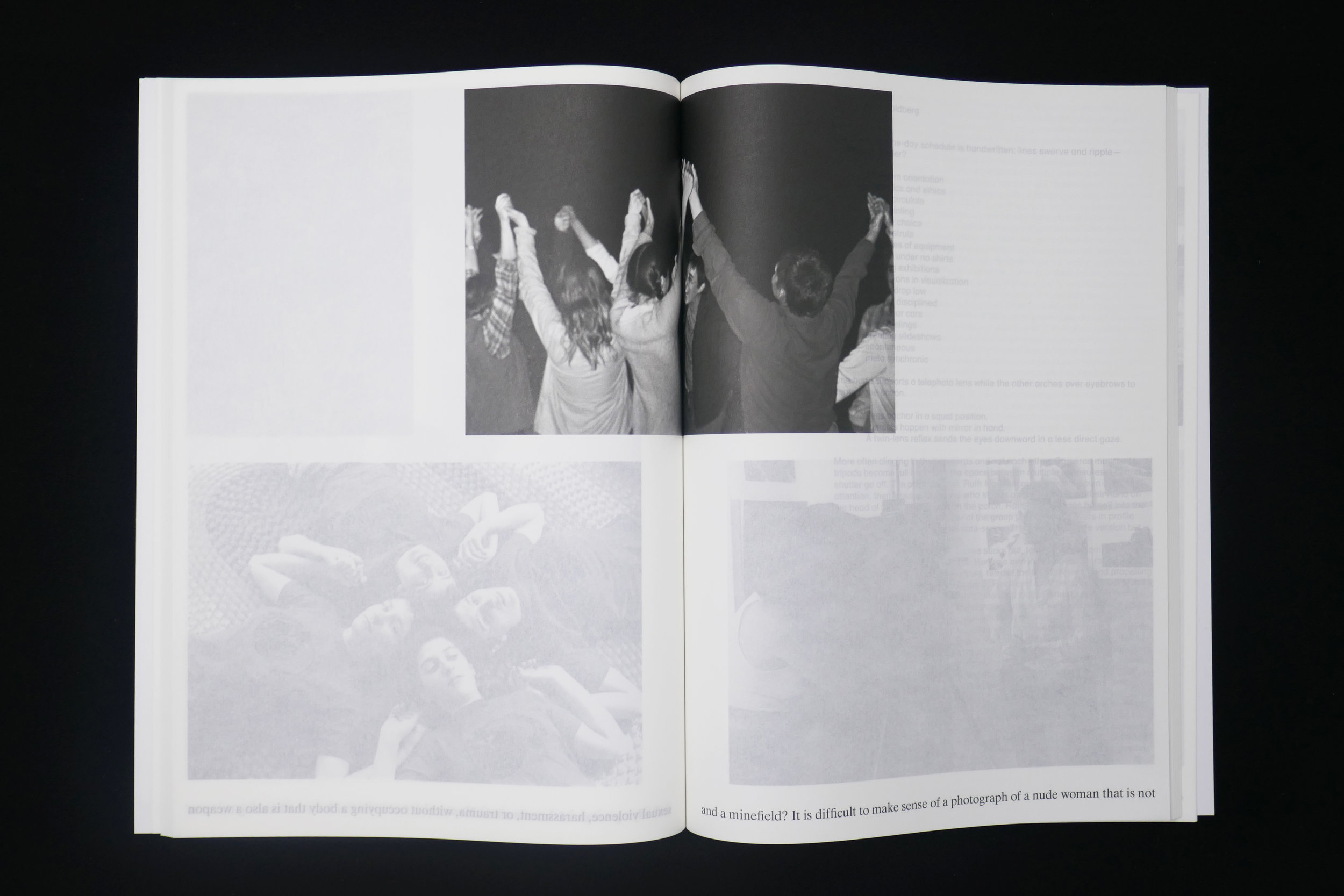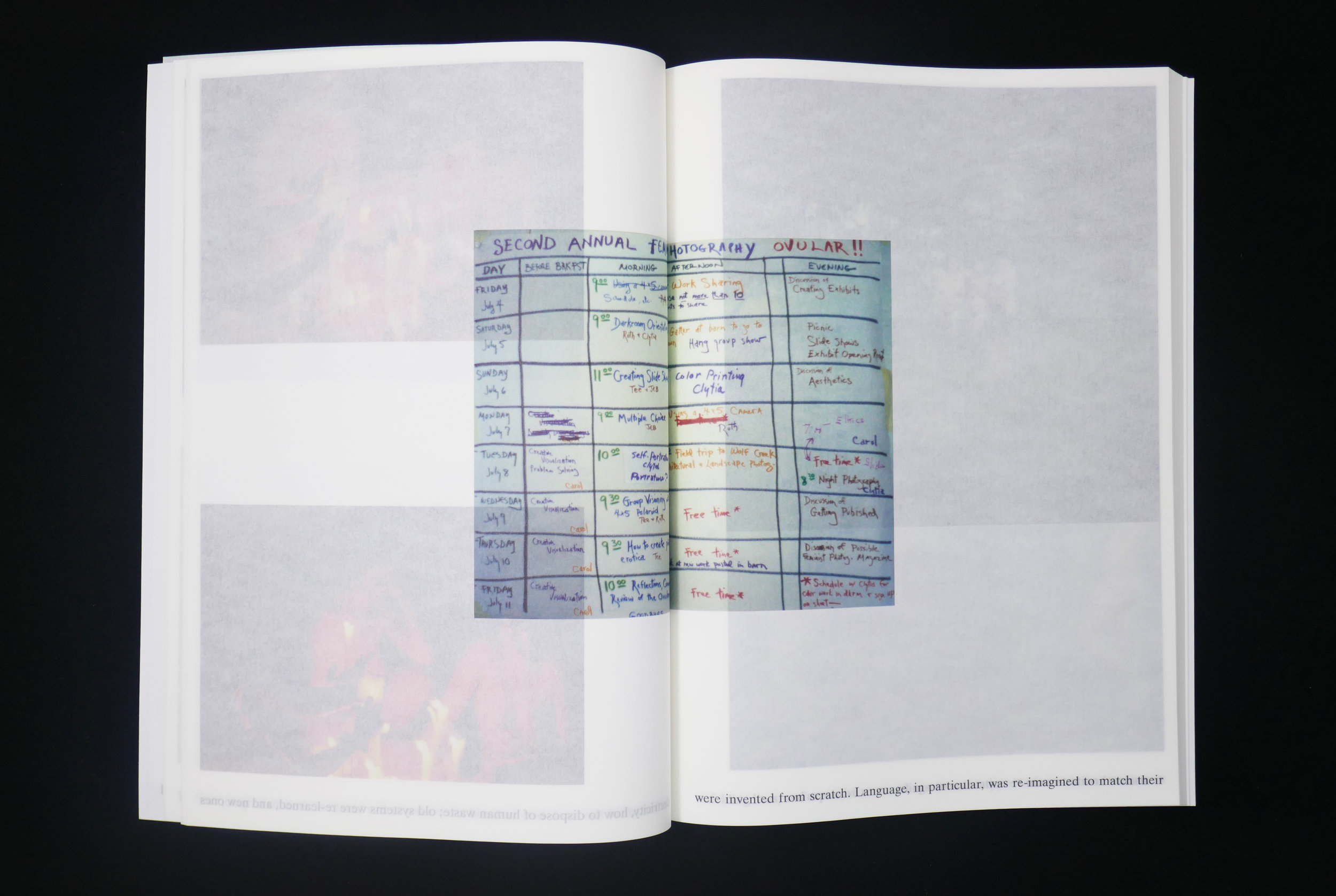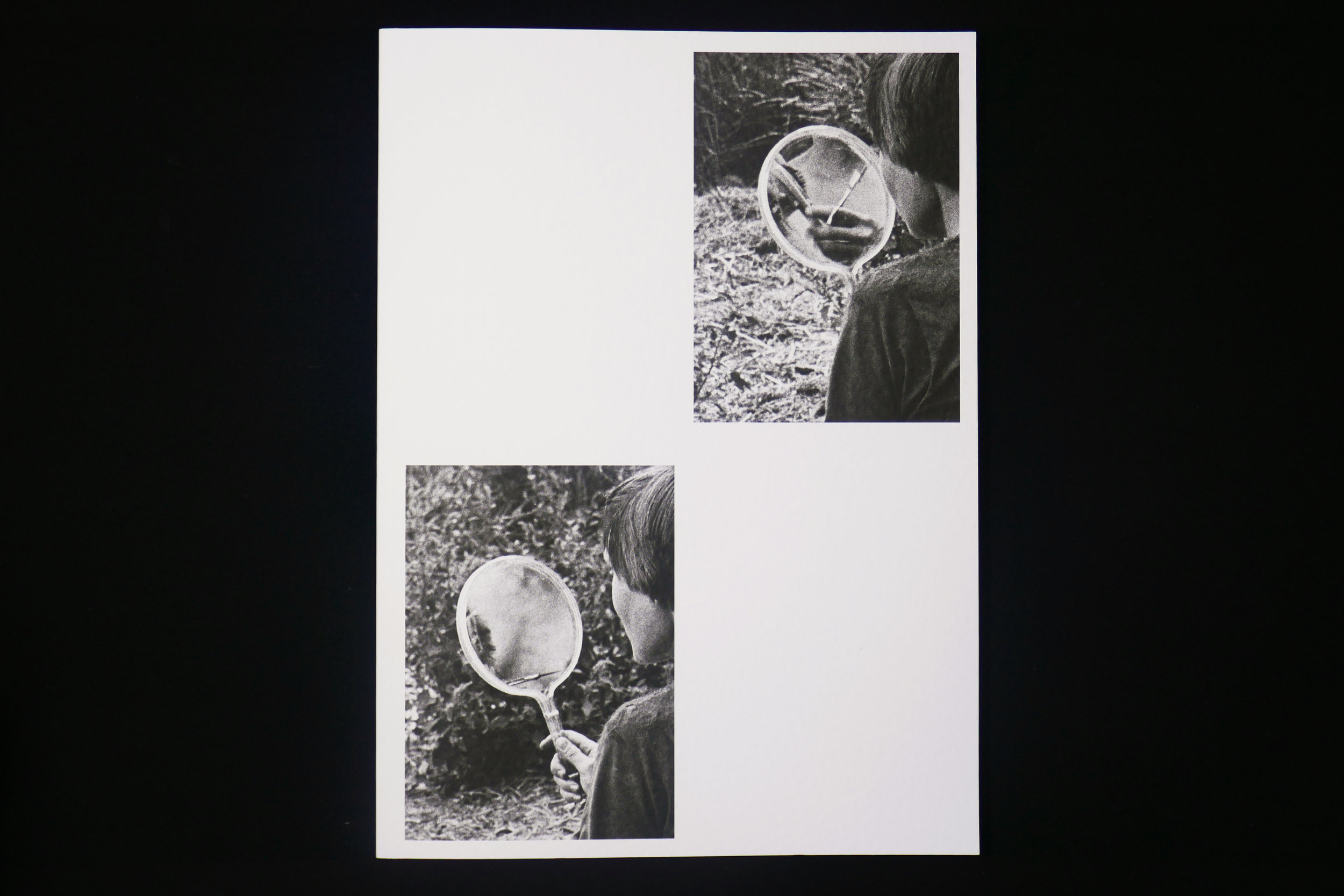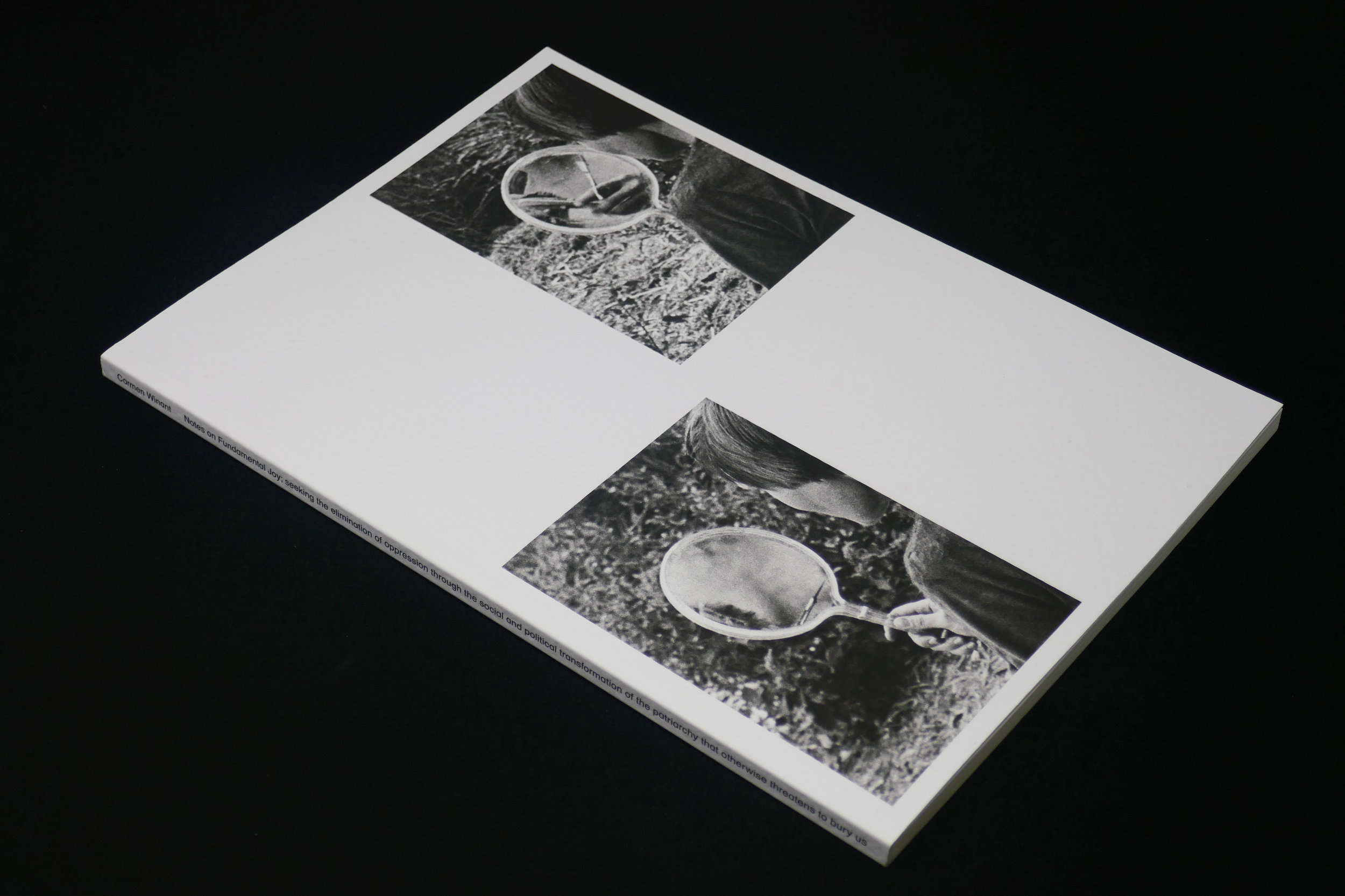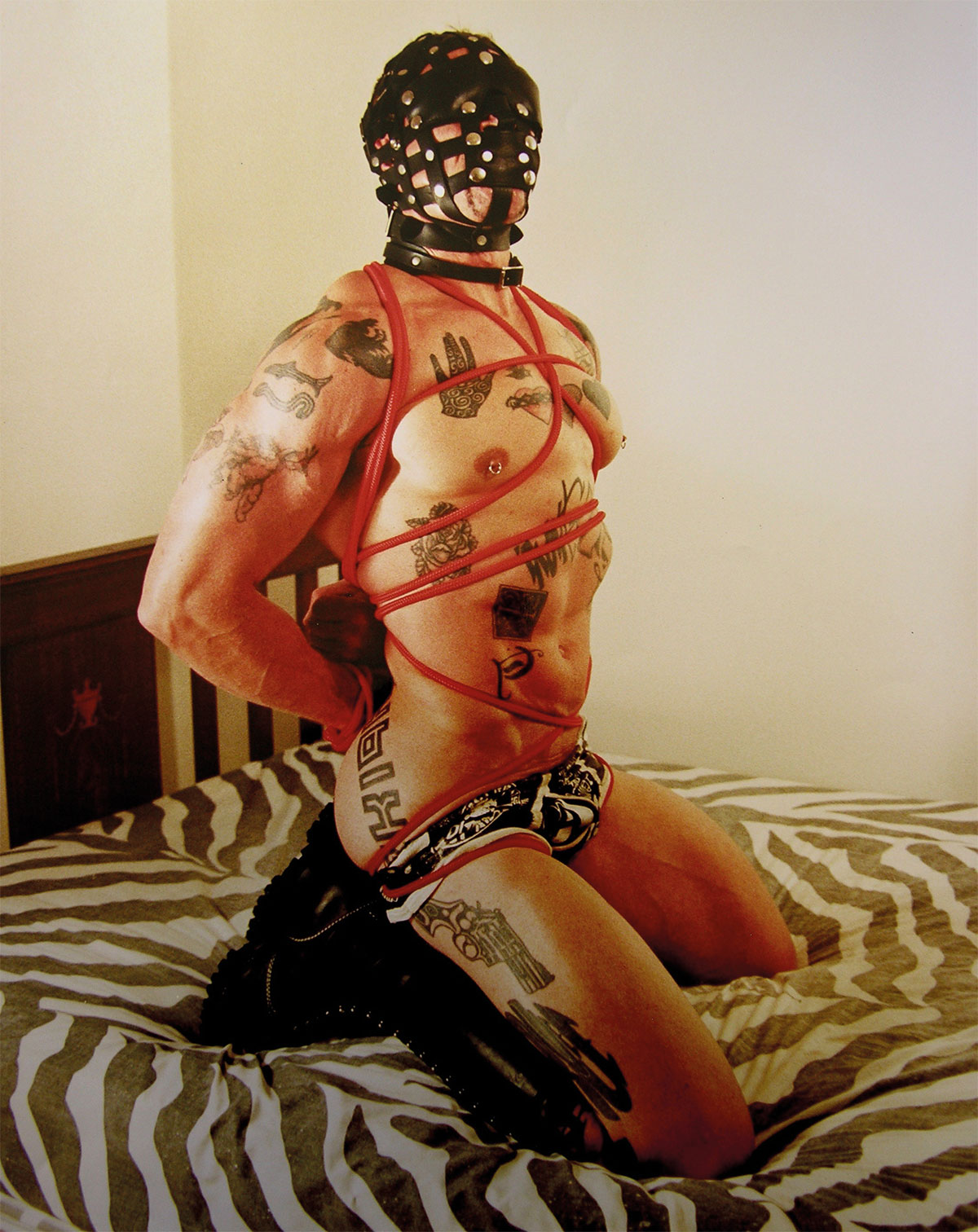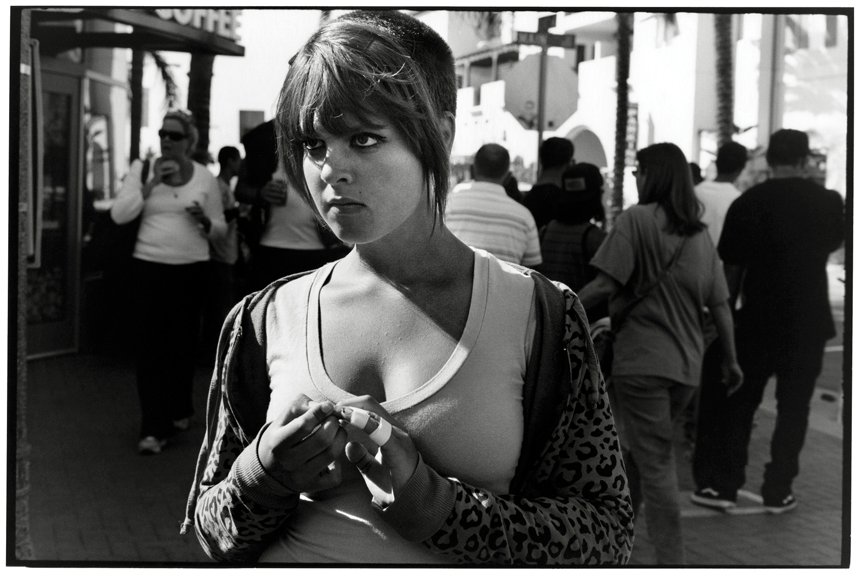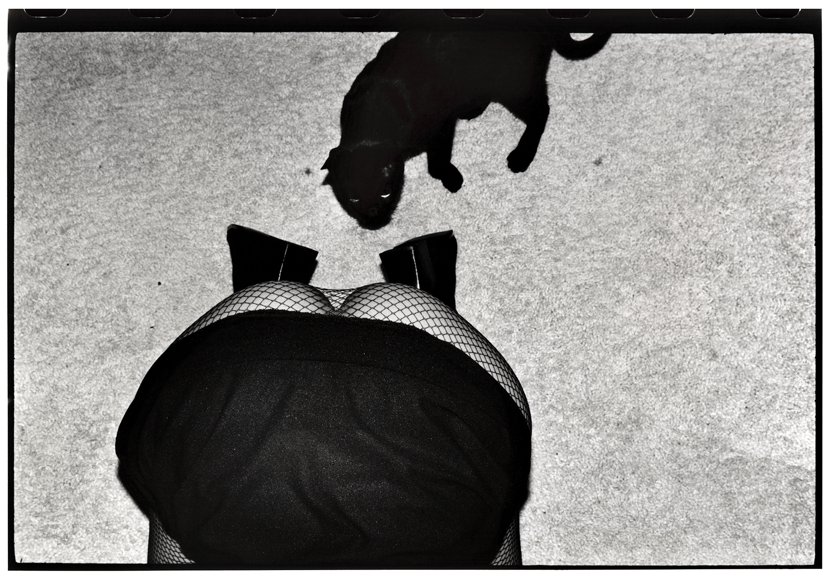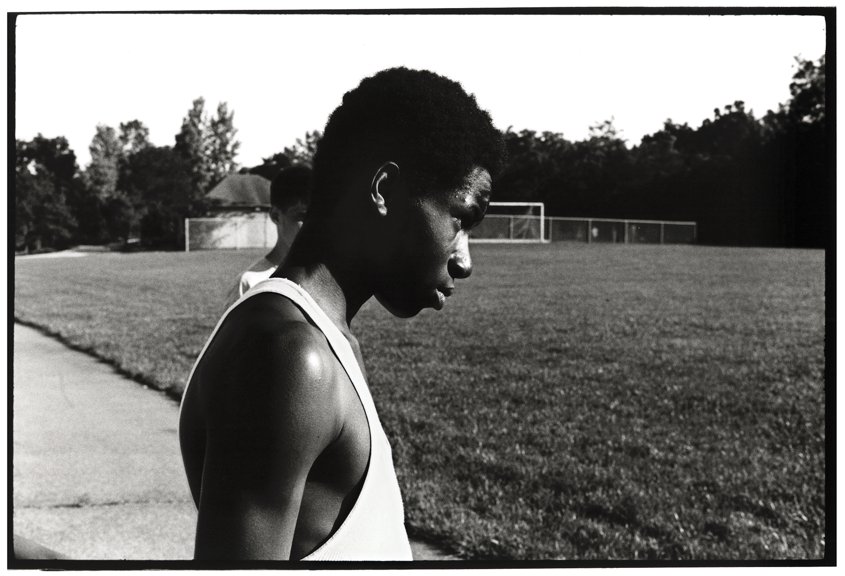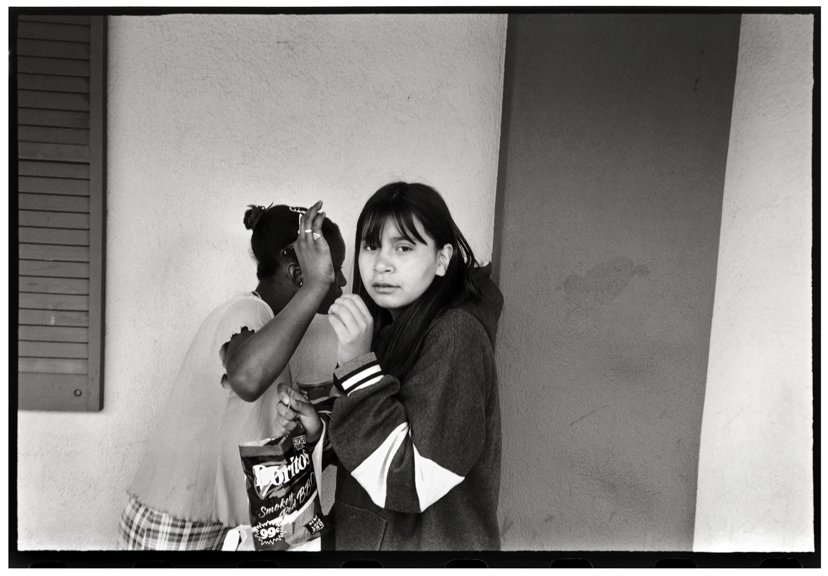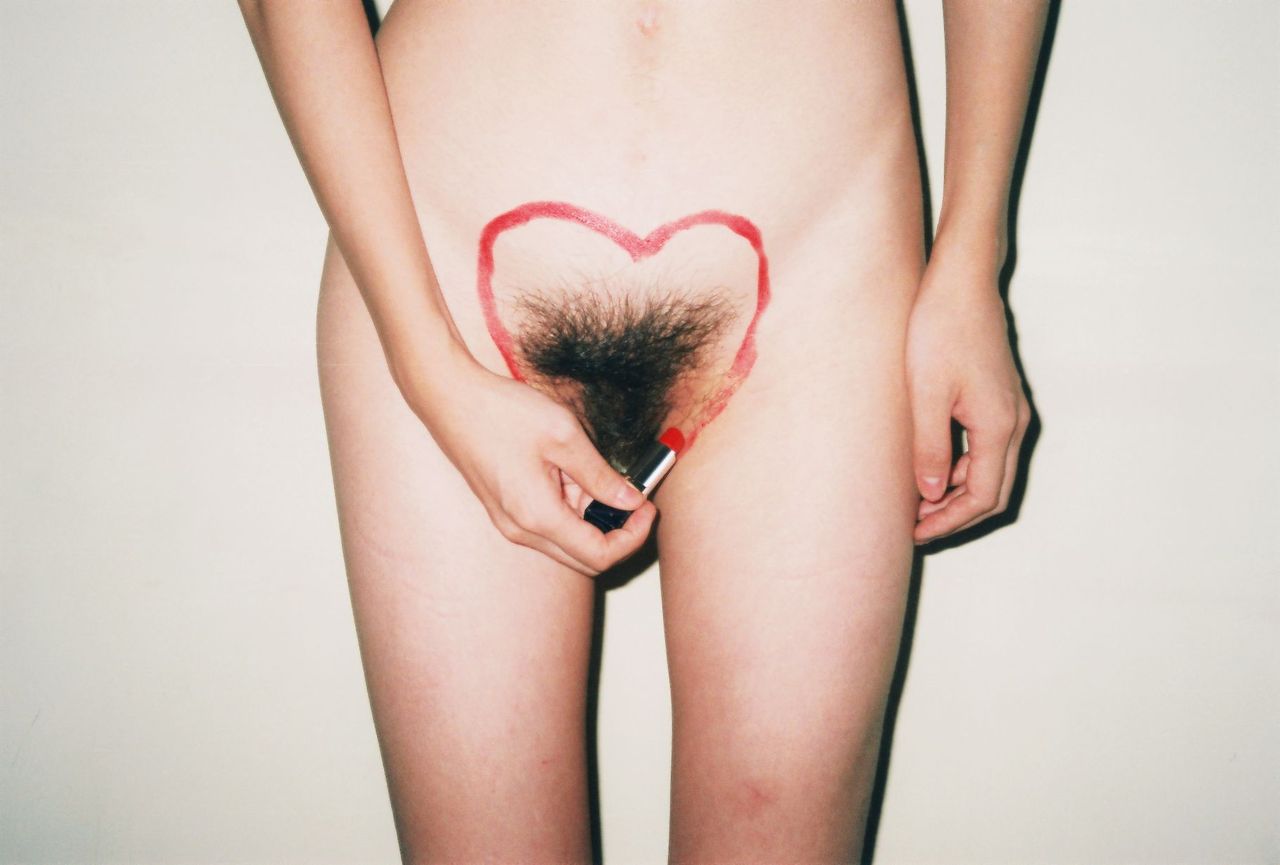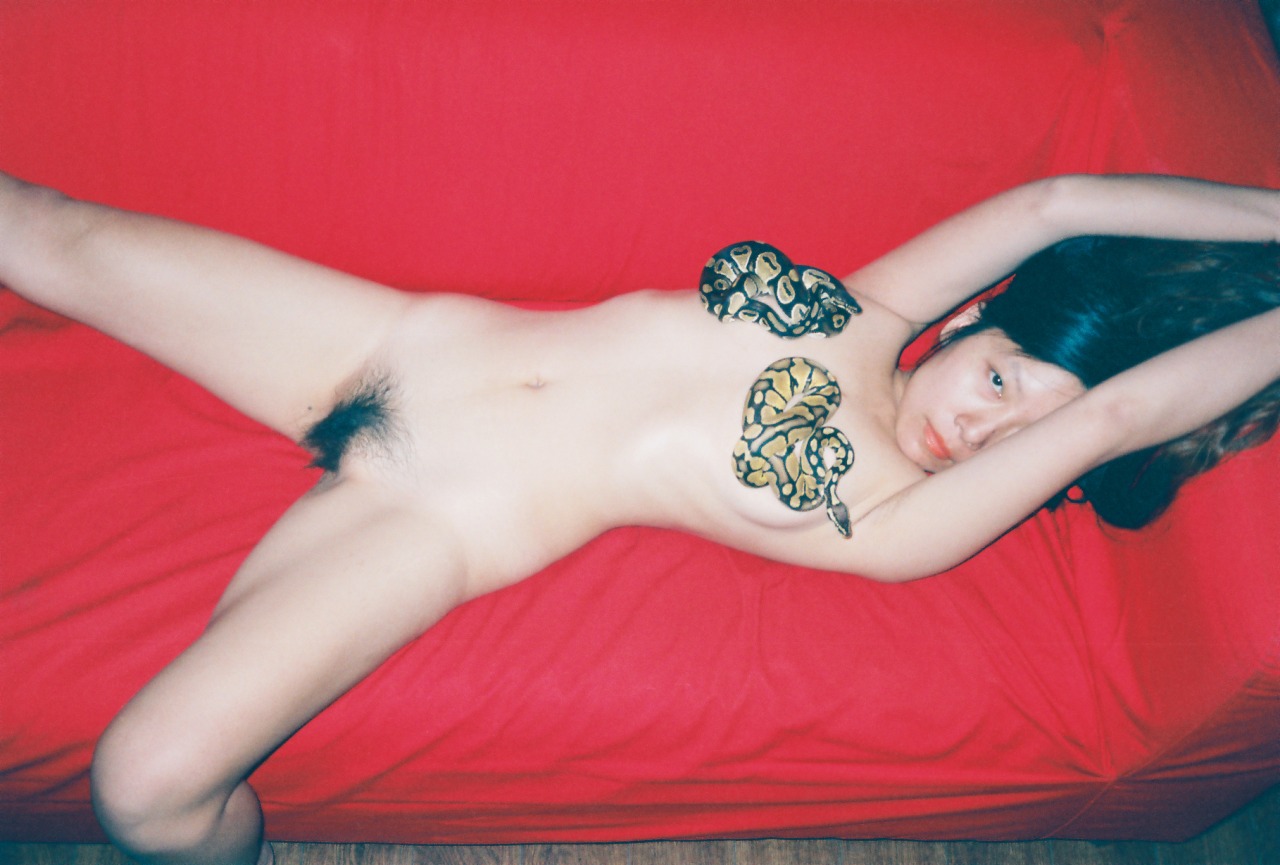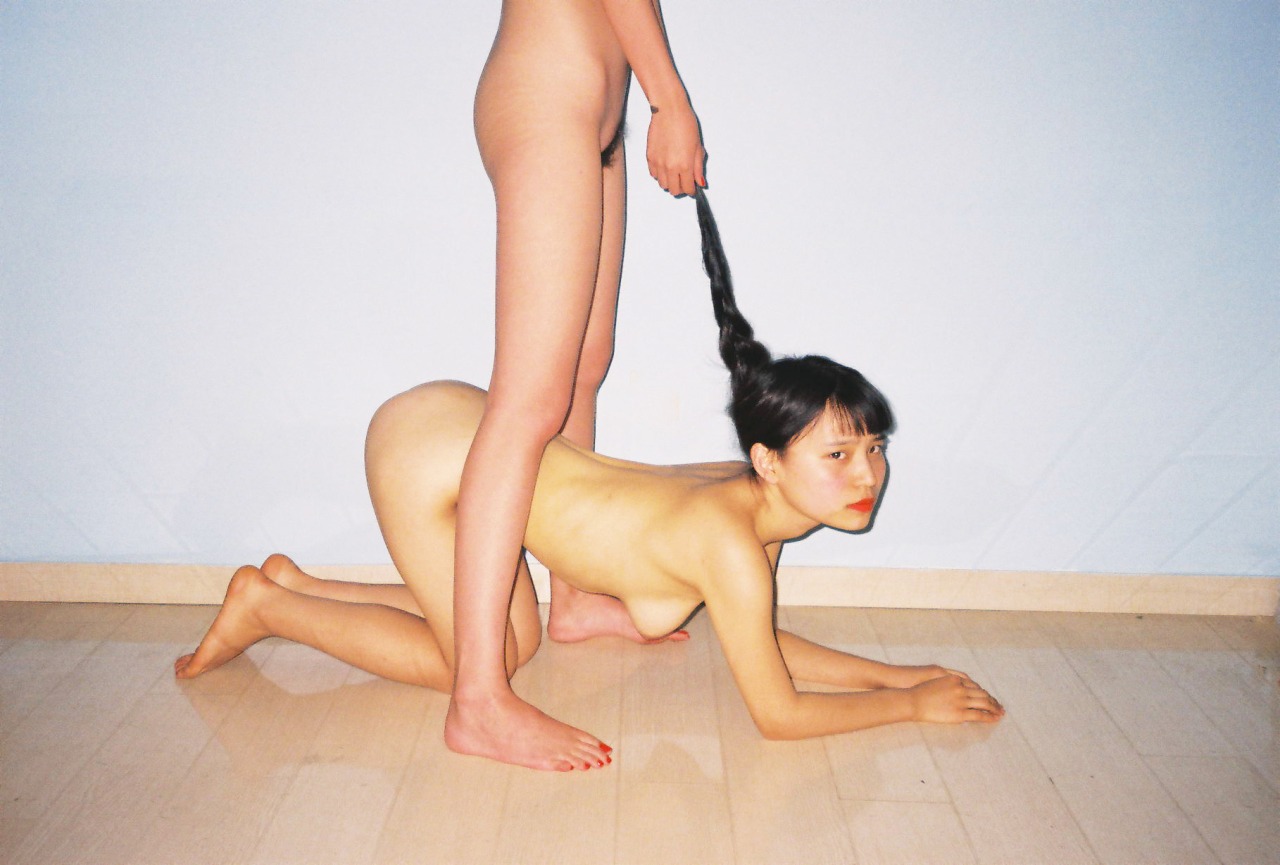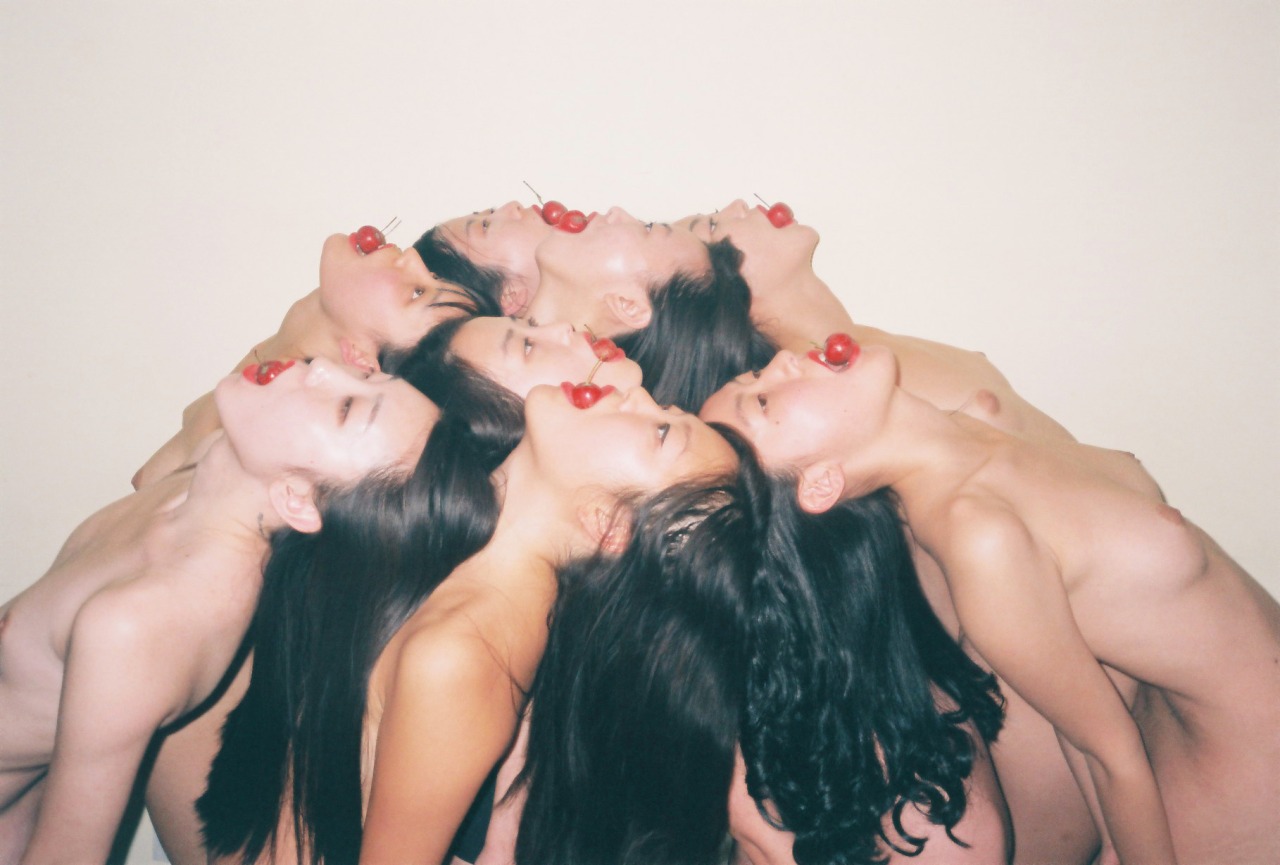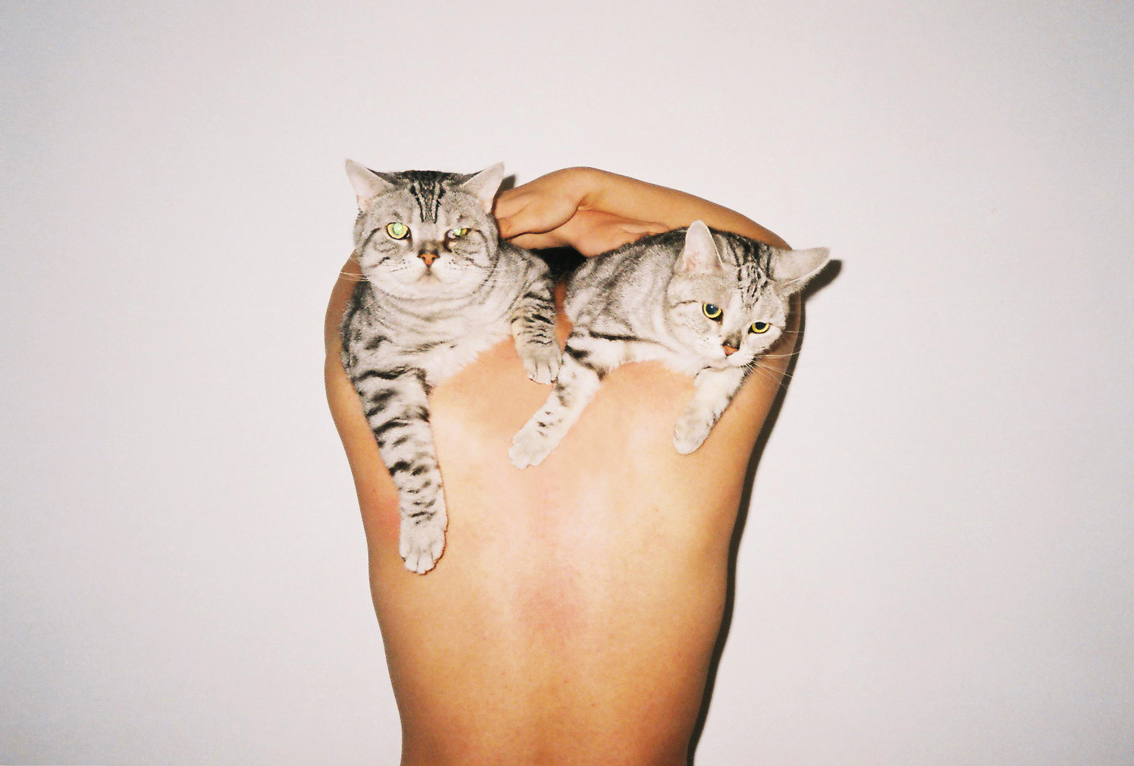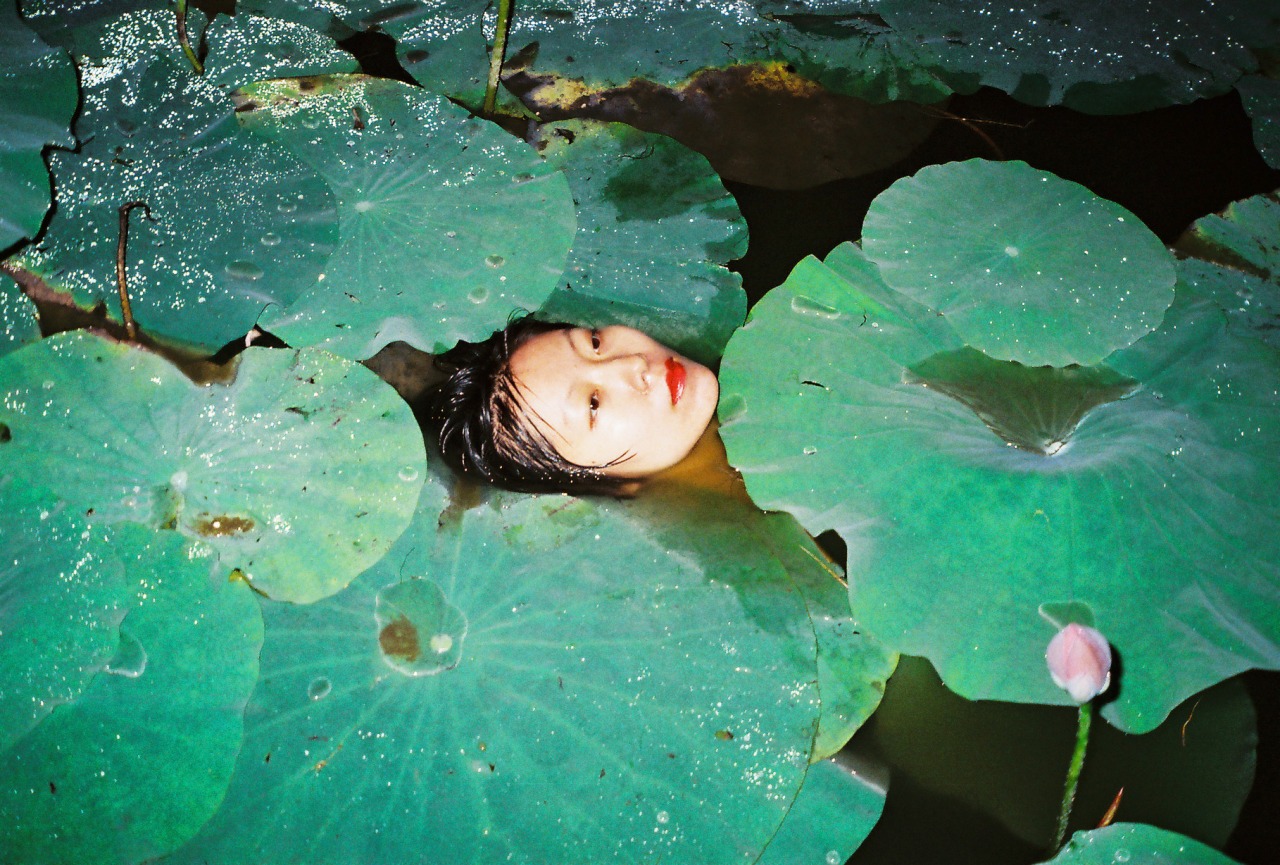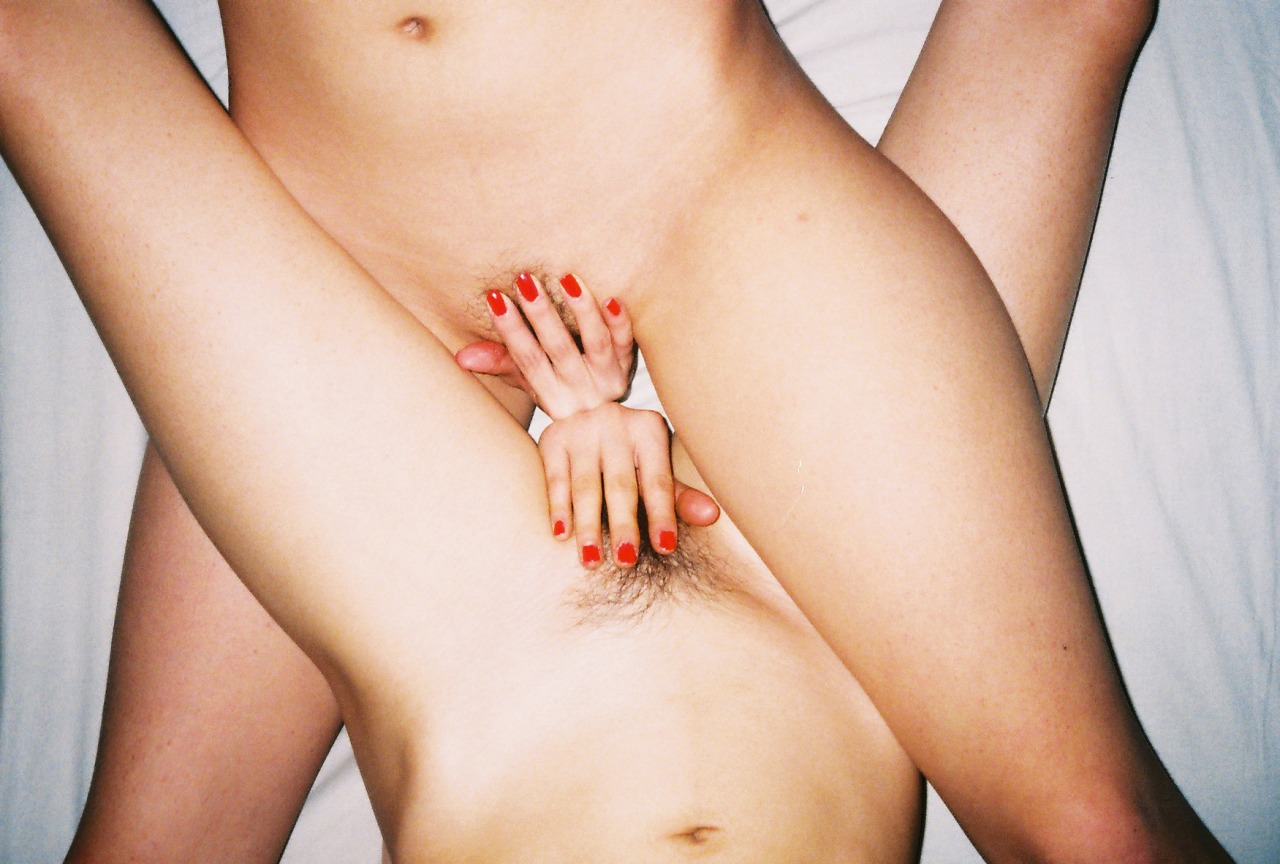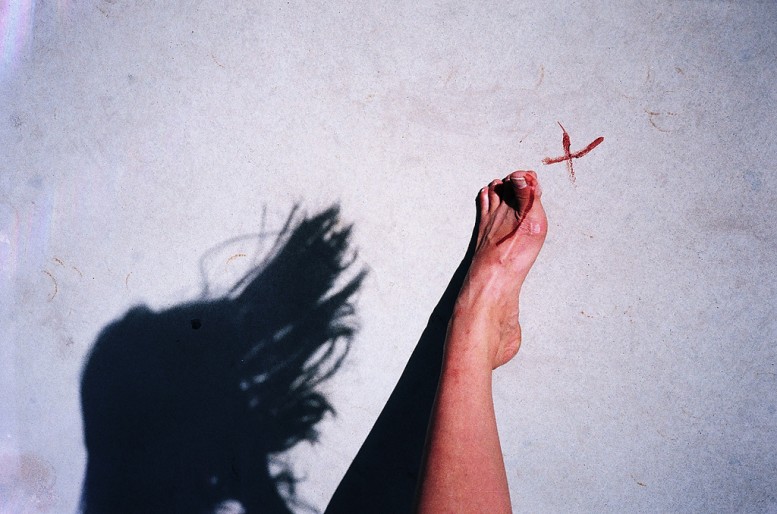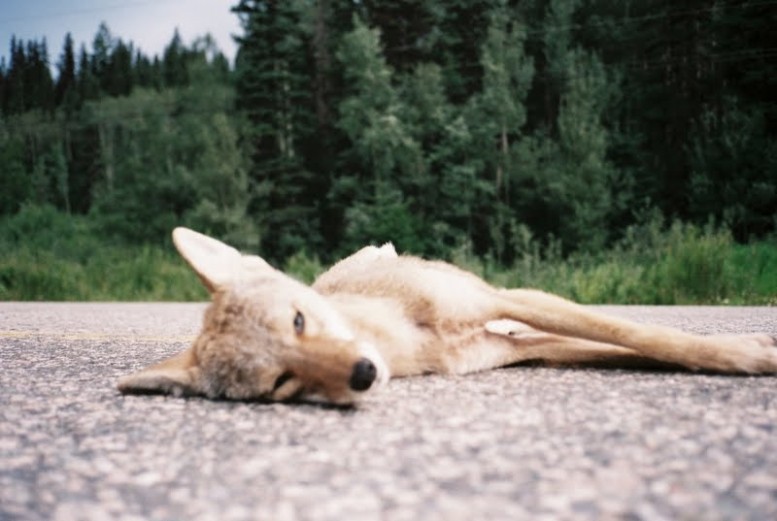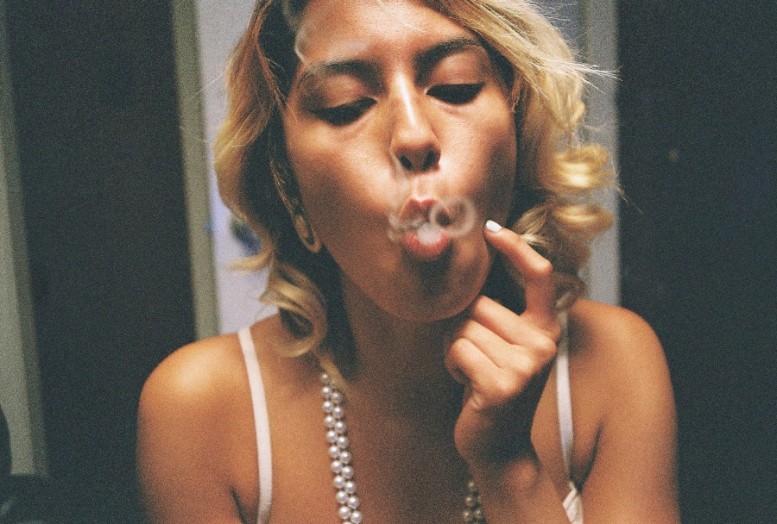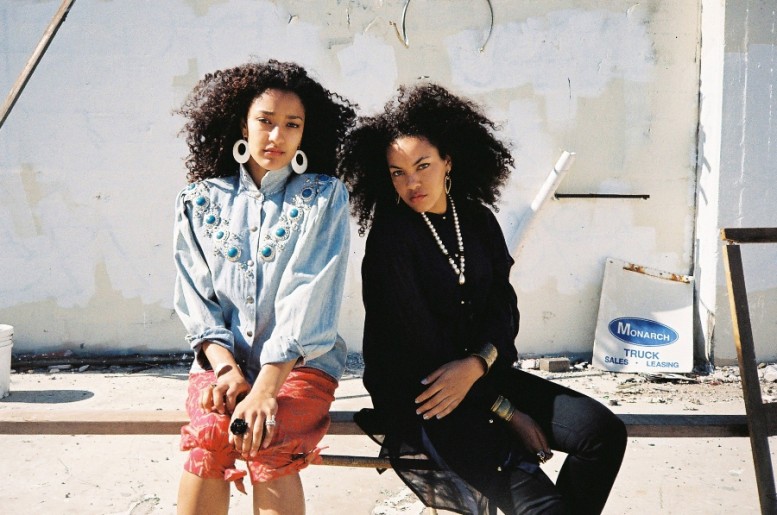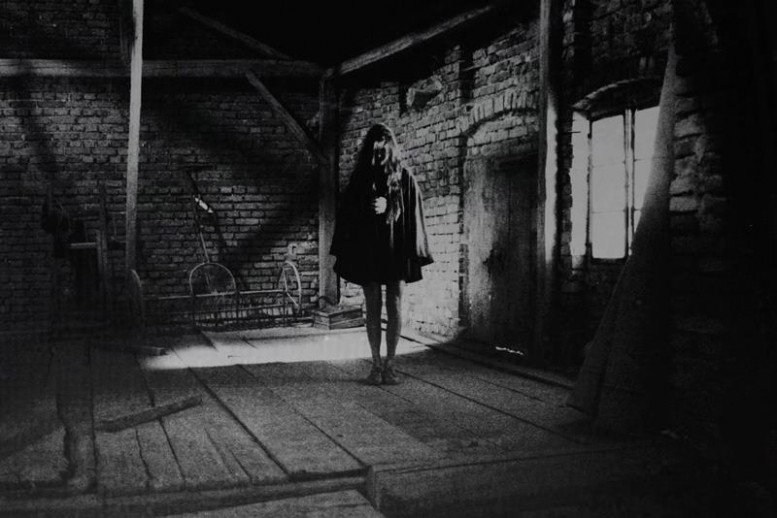A window into the redolent chambers of Abbey Meaker’s MOTHERHOUSE
interview by Summer Bowie
they pass through doors but do not leave
they see through the windows but do not look
looking would create a cord
and the outside would pull
— Abbey Meaker
In the summer of 2012, I visited the decommissioned St. Joseph’s Orphanage in Burlington, Vermont, with the polymathic visual artist and writer Abbey Meaker for the first and only time, to bear witness to her documenting the space. Upon entering, I knew nothing of the premises or its history, except that it was the former residence of her grandfather and great-uncle, whom she had never known. The air had an inexplicable weight to it, as though it were filled with lead particulates, and it felt like my heart was being held in a vice. I later read numerous violent testimonies from the children who lived there and about those who were disappeared, like Abbey’s great uncle. We also visited the nearby Mount Saint Mary’s Convent, which had a wholly inverse energy. Its private chapel bathed in natural light felt like an ebullient sanctuary. Still, what connected the two spaces, which had undergone minimal modifications since the late 1800s, were the former living quarters in each. A haunting chiaroscuro was created by the sunlight’s dauntless efforts to break through the shutters, curtains, and blinds that covered each window, all of which remained after the buildings had become inoperative and left in dire states of disrepair. Thirteen years later, Meaker has curated the resulting images into a book of photographs called MOTHERHOUSE that serves as an uncannily vivid portrait of what it felt like to occupy these illusory spaces.
SUMMER BOWIE: I’d like to start with your earliest memories of learning about the orphanage and the convent.
ABBEY MEAKER: I have a vague, nebulous memory of my mom telling me about her dad when I was about ten and we were living in the house she grew up in. We were driving by the orphanage where he grew up, so she pointed it out to me, and it had a really powerful presence. From there, I just became obsessed with it. For years, every time I drove by, I would stare at it. Or if I went to the beach, you could cut through the back of what was then the Catholic Diocese, and the orphanage part of the building was vacant. So, you could sneak through the backyard, but it sprawled across many acres directly to the lake. I even tried breaking into it a couple of times.
BOWIE: So, you had never even heard about your grandfather until you were around ten years old?
MEAKER: My mom never talked about him much. The man I thought of as my grandfather was my step-grandfather. My biological grandfather, Arthur, I knew virtually nothing about because he died when my mom was seven. There’s this lore about his brother, Gilbert, who was sick, and my grandfather broke him out of the orphanage in the middle of the night and carried him on his back all the way to his dad’s house in Richmond—twenty miles maybe. But by the time he got there, Gilbert was dead. Over the years, though, there were changes in the story about whether he was already dead and Arthur wanted to bring his body home, or if he had died on the way.
BOWIE: With that little known, it would almost seem like he just never even existed.
MEAKER: There’s no images of him. There’s no birth or death certificate. He exists only in these stories, in these memories.
BOWIE: So, when did you finally manage to get into the orphanage?
MEAKER: In 2012, I heard that Burlington College [a small liberal arts school where Bernie Sanders’ wife, Jane, was president at the time] facilitated the purchase of the Catholic Diocese building. As soon as I heard that the school was there, I enrolled and gained access for the first time.
BOWIE: How did the series evolve over time?
MEAKER: Firstly, the school was operating in a 1950s addition to the original structure. When the orphanage closed, a lot was removed, but a lot was left behind. Students weren’t allowed in there, but a photography professor would sneak me in a few times a week over the course of about three years. At first, I was just consuming the empty spaces and the light, and discovering this place that I had been yearning to see for so long. I was just running around haphazardly taking photos, which is why a lot of them are underexposed.
BOWIE: One of the things I immediately noticed about the work, once I saw it in print, is how counterintuitively they become more cinematic when you take them off the screen. Can you talk about that visceral quality of each room, the way you walk in a room and can immediately hear its score and imagine how people once occupied the space?
MEAKER: There’s a really pronounced absence. Paradoxically, that absence creates a sense of presence due to the large number of people who passed through there over the hundred years it was in operation. That presence still makes it feel full. I do remember vividly crossing the threshold from the ’50s addition into the original structure, and it felt like I was entering a portal—which is overused, but there was a distinct shift in feeling. The air felt really voluminous. It just felt extremely thick.
BOWIE: It was thick. I’ve never felt anything like that before, where your lungs feel like they’re working a lot harder than they should be. I could actually feel my heart tightening. It was very, very strange.
MEAKER: I’ve had so many conversations with people who were staunchly convinced that my knowledge of the history and the abuse that took place there was informing my perception of the space. But then, people would go in with no knowledge and feel something.
BOWIE: I didn’t know anything about it when I walked in, and I felt it immediately—and I’ve never been someone who felt particularly sensitive to things like that. What I love about the way you photographed the space is that you’re great at capturing those fleeting moments when the light is filtered through the windows in the most spectacular ways. How many hours were you spending there at a time to find those moments?
MEAKER: It’s interesting that you put it that way because that’s kind of how I describe my practice overall. Whether it’s an interior space with a history or in the natural environment, I find photos in a very intuitive way. I’ll walk around observing, and then I’m drawn to something. Initially, I was moving at such a fast pace because I could only be in there very briefly, so I would try to consume as much as possible. But then over time, I became more or less acclimated to it. I would spend two to four hours at a time there and just wander around. I would make sure I was there when the light was stronger to make sure that I had those moments. I’d walk into a room and it would just be like that.
BOWIE: Do you remember approximately when you wrote the poem about the windows, and can you describe the role that windows and mirrors play in these structures?
MEAKER: I wrote the poem about a year ago when I went to the convent. Eight or nine years had passed between my last visit to the orphanage and my time at the convent, and I was reminded of the feeling of being in this space with so many windows, yet the outside world felt so far away. When I thought of it in the context of the convent, I was considering the allure of the outside and the difficulty one might face in remaining committed to the inside. I was an outsider who’s not religious at all putting myself in the position of what I imagined the nuns there to be. I thought that they probably wouldn’t have been able to look deeply at the outside because they would be pulled.
BOWIE: I’m curious about the nun figure, who is wholly absent and yet deeply imbued in all of these images. What does she mean to you?
MEAKER: When I was at the orphanage, the nuns struck me as these uncanny figures because they were meant to be caregivers, but many of them were also monstrous and abusive. There are lists of nuns that were part of that order, the Sisters of Providence, but there’s no way of knowing who was abusive and who was kind. They were just very mysterious to me. So, I went digging in the University of Vermont Collections to find portraits of nuns that either lived there or at the convent and that wasn’t documented, so I found the portraits that I liked and projected them on the walls of the rooms where they lived, and they became these huge spectral images, and then I rephotographed them. I was so intrigued and repelled by their monstrous quality. I felt afraid.
BOWIE: As a specter within the space, it feels like everything but their image lives there. It makes sense to add that visual component to accompany the energy that’s left behind.
MEAKER: In that context, knowing the history does inform the atmosphere.
BOWIE: There’s something about these images where what initially seems almost too banal to draw your attention reveals itself to be layered with feelings and questions. Do these details reveal themselves to you slowly, or do you feel like they pull you in pretty immediately?
MEAKER: The atmosphere there was just so incredibly strong. Every corner was filled with it. I’m always curious if what I feel gets translated in the images, and in these, it clearly is, because everyone who’s looked at these seemingly banal, empty rooms feels they’re very full of something.
BOWIE: Sometimes it’ll be a peculiar detail that feels out of place, like one curtain that is reaching for another in a very strange way. Other times, it’s the oddly perfect geometry of things. It speaks to the way that even the architecture mirrors the fastidiousness of the religion. These Catholic orphanages and convents became centralized institutions of both service and power to many cities and towns throughout New England, Canada, and the entire British Commonwealth in the late 19th and early 20th centuries. What do families like yours, who have been rooted in Burlington for multiple generations, share with others from around the world whose ancestors occupied similar spaces?
MEAKER: The curious thing about this project is that I don’t know a lot about my history. There’s a lot of lore, but nothing concrete. Part of my attraction to the orphanage was a desire to feel a connection to this unknowable family and history. At the book release celebration, a friend asked me, “So how long has your family lived in Vermont?” and I’m like, “I don’t know.” It’s strange to say that because part of the story is that my mom’s father’s grandmother was an illegally adopted Abenaki child. [The Abenaki are an Indigenous people of the Northeastern Woodlands of Canada and the US.]
BOWIE: There are so many stories of displacement and disappearance. There’s a shared ambiguity amongst families from so many parts of the world, but even for those who know their stories, the epigenetic trauma remains.
MEAKER: If it’s true about my great, great-grandmother, then that really opened the door to all of it. My mom had a daughter when she was sixteen, whom I only learned about two years ago. My father also had a child taken away from him, whom I learned about when I was fourteen.
BOWIE: Is it fair to say that even your family, which is not religious, was so culturally affected by the religion that major life decisions, major ruptures in the family, were still very much instigated by the shame that Christianity imposes?
MEAKER: I had never heard the word God until I was around six and a babysitter told me about this God figure. I had no idea what she was talking about. But it was because of religion and the shame of her teenage pregnancy that my mom was hidden away during her pregnancy, and then her daughter was adopted. She returned home as if nothing had happened, and no one knew. Her mom, who died ten years ago, knew. And when she had told me, I was then the only person who knew.
BOWIE: It’s an interesting juxtaposition to the way we live now. There is such an extensive digital footprint of everyone and every tiny thing that they’ve done in their life. Every mundane little detail is recorded.
MEAKER: There’s a real absence of records. My mom throws everything away. She doesn’t keep anything.
BOWIE: Sounds liberating to a certain degree.
MEAKER: Yeah, but in the absence of things, there’s also an absence of empathy and curiosity and passion.
BOWIE: That’s so fascinating. There’s an austerity to that, which has its own connection to Catholicism.
MEAKER: You think of a monastic little bedroom with one chair.
BOWIE: You’ve talked about the connection between this series and many others that you’ve taken in nature, sharing the capacity of making you feel transported in some way. Where are you currently going to find that feeling?
MEAKER: The woods. It’s the fifth year that every fall and winter, I go to the floodplains when the trees are bare, and I’m still not finished with that. There’s something about the floodplains that feels different from other forests. The river comes in, takes things away, and provides nutrients. There’s a real alive quality there that I’m engaging with.
MOTHERHOUSE was published by Another Earth an independent publisher of artist books, tapes, and ephemera.




